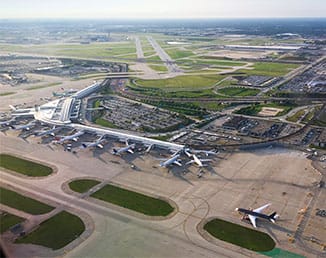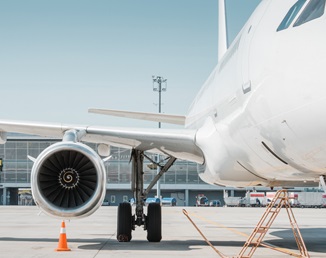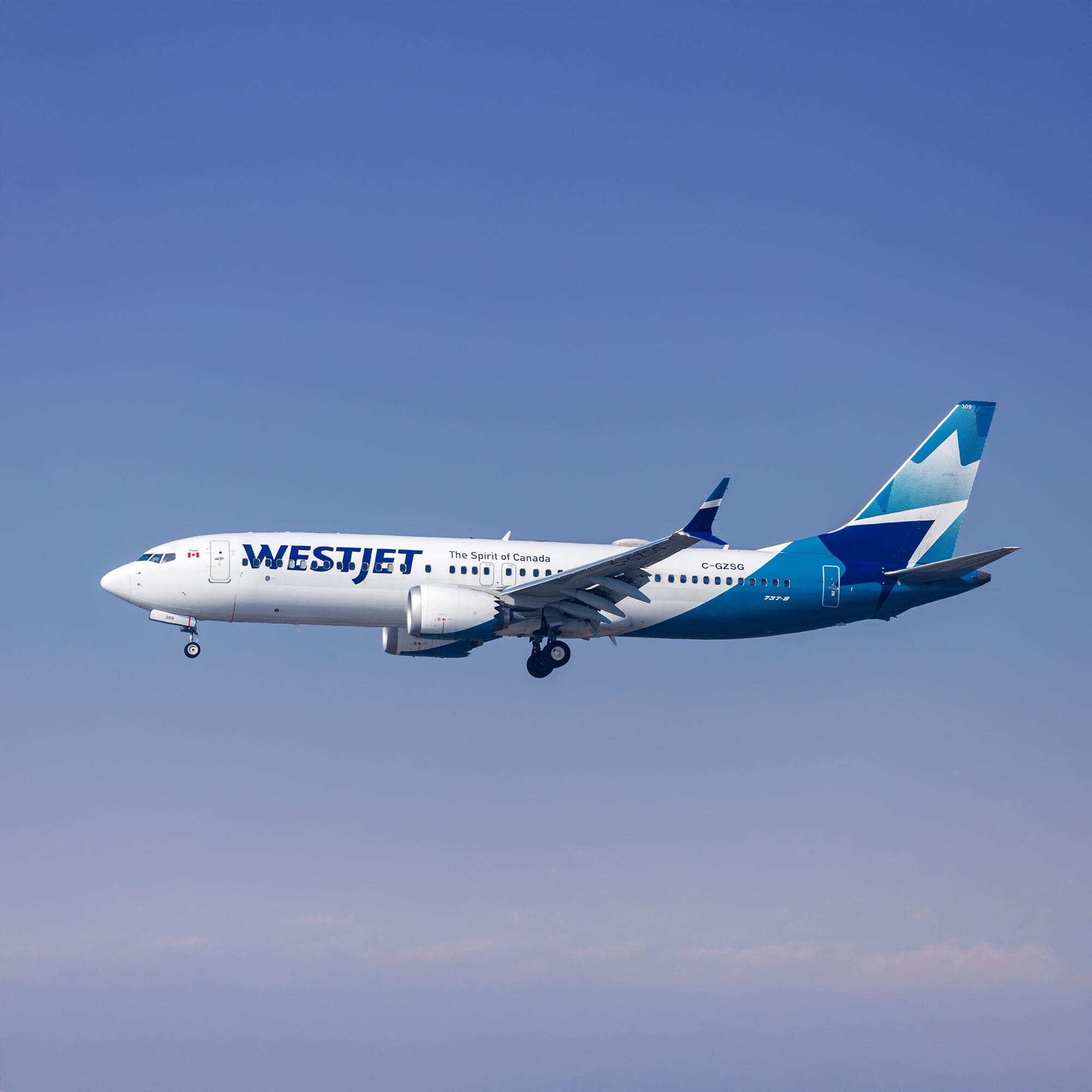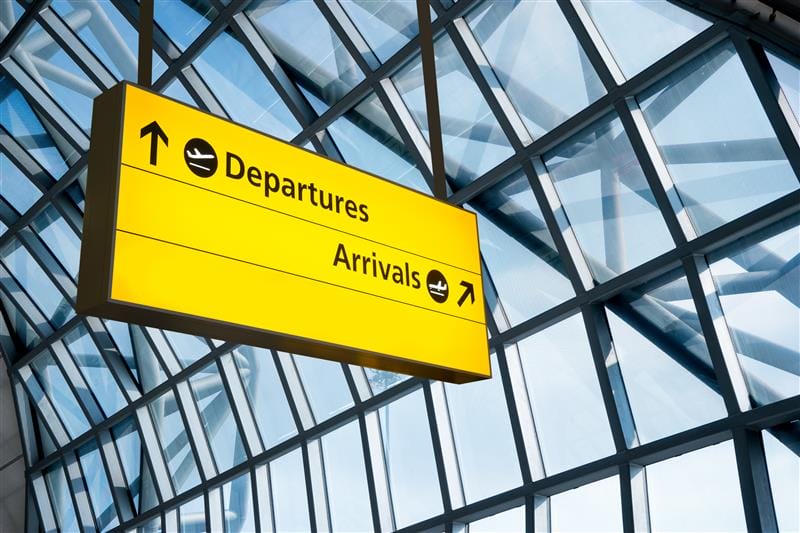Aviation is among the hardest sectors to decarbonize, contributing about 2.5% of global energy-related CO2 emissions – a figure that will only increase as passenger demand is set to double by 2040. Cirium’s recent webinar, “Rethinking flight emissions: the case for time-based CO2 calculations” brought together experts from RouteZero and Asset Impact to discuss why the industry needs more robust, data-driven methods for tracking and reducing emissions.
Key takeaways
- Traditional distance-based models are too simplistic for effective emissions management.
- Time-based, data-driven methods capture the operational realities that matter for decarbonization.
- Reliable data supports practical climate action, credible reporting, and effective capital allocation.
- Immediate adoption of granular emissions tracking offers meaningful progress while enabling the industry to prepare for future technological shifts.
Why traditional calculations fall short
Most emissions calculations today use the “great circle distance” model, which measures emissions by calculating the direct distance between two airports and applying a standard factor. This method is convenient but fails to reflect the complexity of real-world operations:
- Aircraft specifications: Factors like engine efficiency, winglets, and aircraft age significantly impact fuel burn.
- Operational realities: Route deviations, weather delays, and extended taxi or wait times add variability.
- Aircraft weight: Each flight’s unique weight profile, including passengers and cargo, alters fuel consumption.
As a result, these models treat identical routes as if they have identical emissions, ignoring factors that can make a real difference. The webinar illustrated this with flights from New York to Miami: although traditional models rated them the same, a time-based analysis revealed a substantial emissions difference due to aircraft efficiency and actual flight duration.
Time-based, flight-specific calculations: a better way forward
A time-based, granular approach – like Cirium’s EmeraldSky methodology – accounts for the real variables affecting every flight:
- Detailed aircraft data: Specifics on type, engine, age, and modifications.
- Flight weight estimation: Actual operational weights, with passenger and cargo estimates factored in.
- Real-world operations: Use of satellite-based and diverse data sources to capture flight and taxi times.
- Sophisticated fuel burn models: Independent, third-party analysis capturing how fuel use changes during the different stages of a flight.
The result is much more accurate emissions accounting, enabling better decisions by airlines, investors, and policymakers.
Real-world applications: how granular emissions data is already shaping real-world strategies
Data-driven corporate climate action
Dan Brown, RouteZero co-founder and CEO described how detailed flight data enables companies to meaningfully decarbonize business travel. By evaluating every flight’s emissions and other relevant factors, companies can empower employees to choose lower-emission flights without reducing necessary travel. Over a year, these choices can produce significant emissions reductions.
Informing investment and finance
Vincent Jerosch-Herold, Asset Impact’s Chief Product Officer shared how investors and banks benefit from flight-level data. Banks gain a clearer view of which airlines are operating the most efficiently, helping them direct capital to industry leaders in decarbonization. This transparency drives sustainable investment in cleaner fleets and fuels, supporting innovations such as sustainable aviation fuel (SAF) and next-generation aircraft.
Combating greenwashing with transparency
Credible, science-based data is crucial as scrutiny of corporate sustainability claims intensifies. Nearly 70% of organizations now cite greenwashing as a risk. Both Dan and Vincent agreed that transparency and precise measurement are the best defences. Companies that report clear, measurable, flight-specific reductions – not just general pledges – will stand apart in credibility and compliance.
The path to net zero: immediate steps and long-term vision
The journey to net zero aviation by 2050 will require breakthroughs in aircraft technology and SAF production, both demanding years of research and significant investment. However, as emphasized in the webinar, actionable change is possible now by adopting more accurate, flight-level emissions accounting. This enables organizations to:
- Make better travel and purchasing decisions
- Provide robust data to investors and regulators
- Set and verify real, quantifiable emissions targets
By moving beyond outdated calculation models and focusing on accurate, transparent emissions data, the aviation sector can accelerate progress and support a more sustainable future.
Rethinking flight emissions: the case for CO2 based calculations is available to watch now.

























































